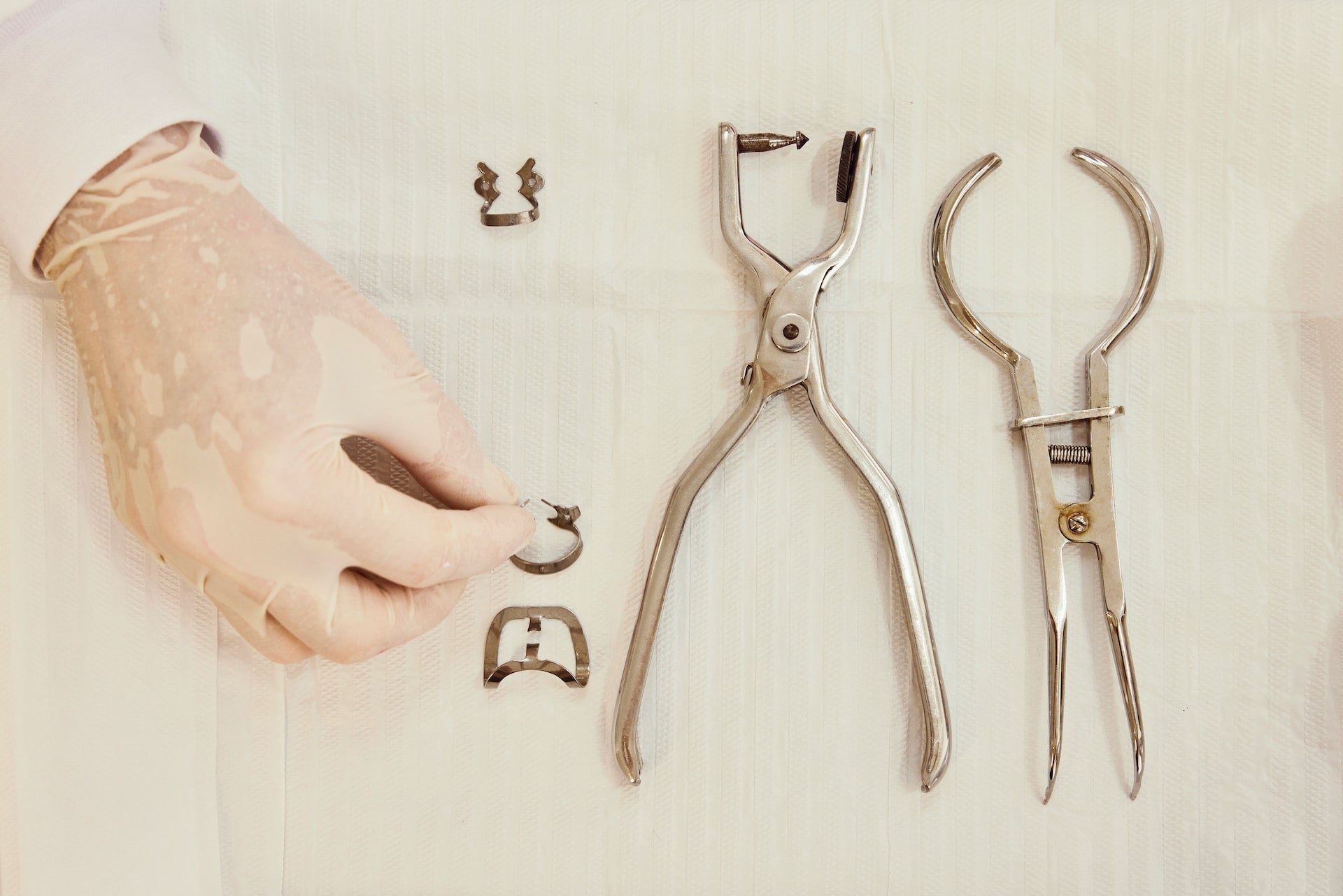

· By Trevor Horne
An Overview of Dental Instruments and Their Functions
Dentistry instruments are a crucial element in dental practice. Their usage has come a long way since ancient times when the primary purpose was to extract teeth. Today, modern dental instruments are used for a range of procedures, including periodontal treatment, restorative dentistry, and orthodontics. Let us discuss the different types of dental instruments and their purposes.
Diagnostic Instruments
Diagnostic instruments are used to examine the oral cavity to detect dental diseases or conditions. One of the most common diagnostic tools is the dental mirror. It is used to reflect light and provide a clear view of the teeth and gums. The mirror can also be used to retract the cheeks and tongue, providing a better view of the oral cavity. Another common diagnostic instrument is the explorer. The explorer is used to detect cavities or areas of decay by probing the tooth surface for soft spots or rough edges.
Periodontal Instruments
Periodontal instruments are used to treat gum disease, which is caused by plaque buildup and bacteria on the teeth and gums. A good example would be the scaler, which removes plaque and tartar from the teeth and gums. There are two types of scalers: the hand scaler and the ultrasonic scaler. The hand scaler is used to remove plaque and tartar manually, while the ultrasonic scaler uses high-frequency vibrations to remove plaque and tartar quickly and efficiently.
Restorative Instruments
Restorative instruments are used to repair or replace damaged or missing teeth. The dental drill is one of the most common examples of these instruments. It removes decayed or damaged tooth structure and prepares the tooth for a filling or crown. Another common restorative instrument is the composite instrument. This one is used to place and shape dental composite resin, which is a tooth-coloured material used to fill cavities or repair chipped or broken teeth.
Orthodontic Instruments
These instruments are used to correct misaligned teeth and jaws. A tool you probably know is the orthodontic plier. The orthodontic pliers are used to adjust the braces' wires and brackets to correct the teeth's position. Another common tool is the orthodontic separator. The orthodontic separator is used to create space between the teeth before braces are placed.
Surgical Instruments
Sophisticated dental procedures like extractions or implant placement require the use of surgical instruments. Dental forceps are one of the frequently used surgical instruments. They are used to grasp and remove teeth from the socket. Another common surgical instrument is the elevator, which is used to loosen the tooth from the socket before extraction.
Sterilization and Disinfection
Sterilization and disinfection are essential in dental practice to prevent the spread of infection and disease. Dental instruments must be properly cleaned, sterilized, and disinfected before and after each use. There are different sterilization methods, including autoclaving, dry heat sterilization, and chemical sterilization. Disinfection can be achieved through the use of chemical disinfectants or ultraviolet light.
Conclusion
Dentistry instruments are an essential part of dental practice. Different types of instruments are used for various dental procedures, including diagnostic instruments, periodontal instruments, restorative instruments, orthodontic instruments, and surgical instruments. Proper sterilization and disinfection of dental instruments are essential to prevent the spread of infection and disease. Understanding the differences and purposes of dental instruments is crucial for dental professionals to provide safe and effective dental care for their patients.
Are you looking for high-quality dental equipment? Choose ProNorth Medical, the top medical device and equipment supplier in Canada and the US. Check out our medical supply store online for your needs.
